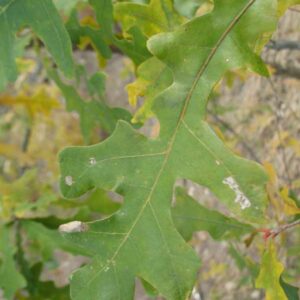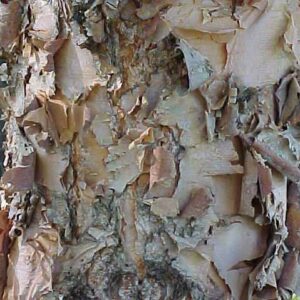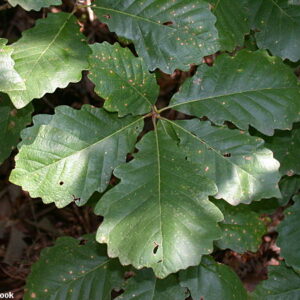Description
Type: Deciduous tree
Family: Rosaceae
Height:15-25 feet
Spread: 15-25 feet
Native Range: Eastern and Central North america, statewide in Missouri
Ideal Site Requirements:
Soil: average, well-drained
Water: dry to medium
Sunlight needs: full sun to part shade
Tolerates: drought, dry soil
Landscape use: flowering tree, specimen, shrub border, hedgerow or screen
Brief Description: Very easily grown single-stem tree or multi-stemmed shrub, adapts to a variety of conditions, attractive fragrant flowers, edible fruits (though not always palatable), suckers freely forming thickets. Branches are an attractive dark reddish-brown and sometimes have thorny lateral branchlets.
Wildlife Benefits: Birds and wildlife eat fruits
Possible Problems: Plum curculio and brown rot can affect the fruit. Other potential disease problems include leaf spot, canker and black knot. Potential insect problems include aphids, scale, borers and tent caterpillars.
Stand out Features: Nicely flowering ornamental, with a bit of a “wild” nature
Read more here.
Additional information
| Common Name | wild plum |
|---|---|
| Scientific Name | Prunus americana |
| Native Range | Eastern and central North America |
| Zone | 3 to 8 |
| Height | 15.00 to 25.00 feet |
| Spread | 15.00 to 25.00 feet |
| Bloom Time | March |
| Bloom Description | White |
| Sun | Full sun to part shade |
| Water | Dry to medium |
| Maintenance | Low |
| Suggested Use | Flowering Tree |
| Flower | Showy, Fragrant |
| Attracts | Birds |
| Fruit | Showy, Edible |
| Tolerate | Drought, Dry Soil |
| Other | Thorns |





